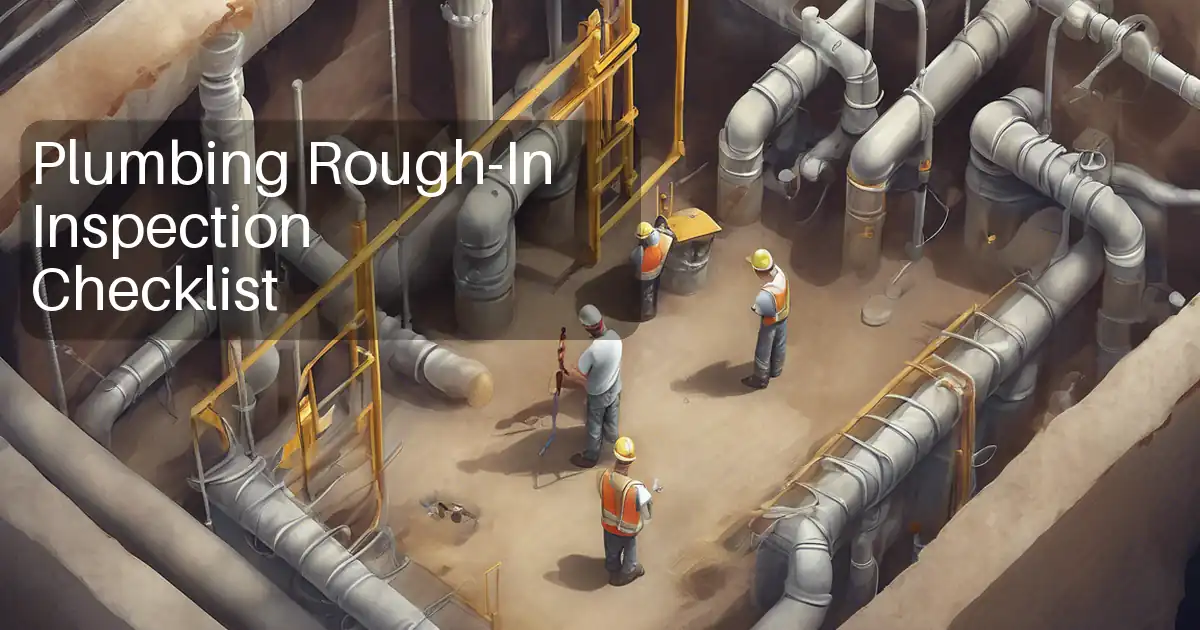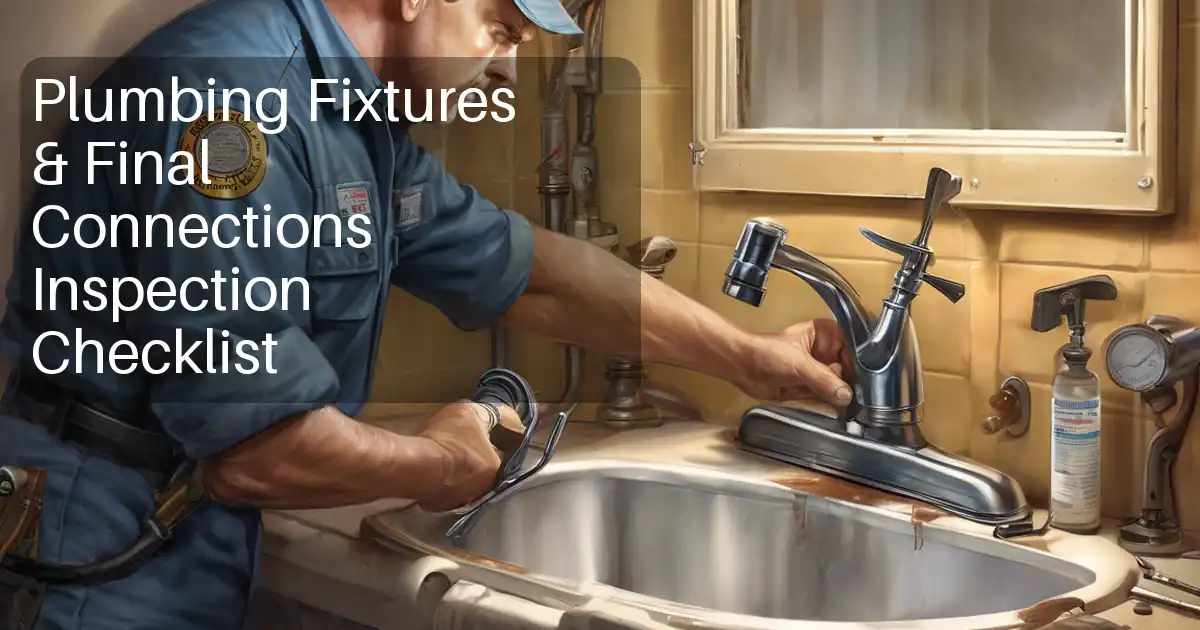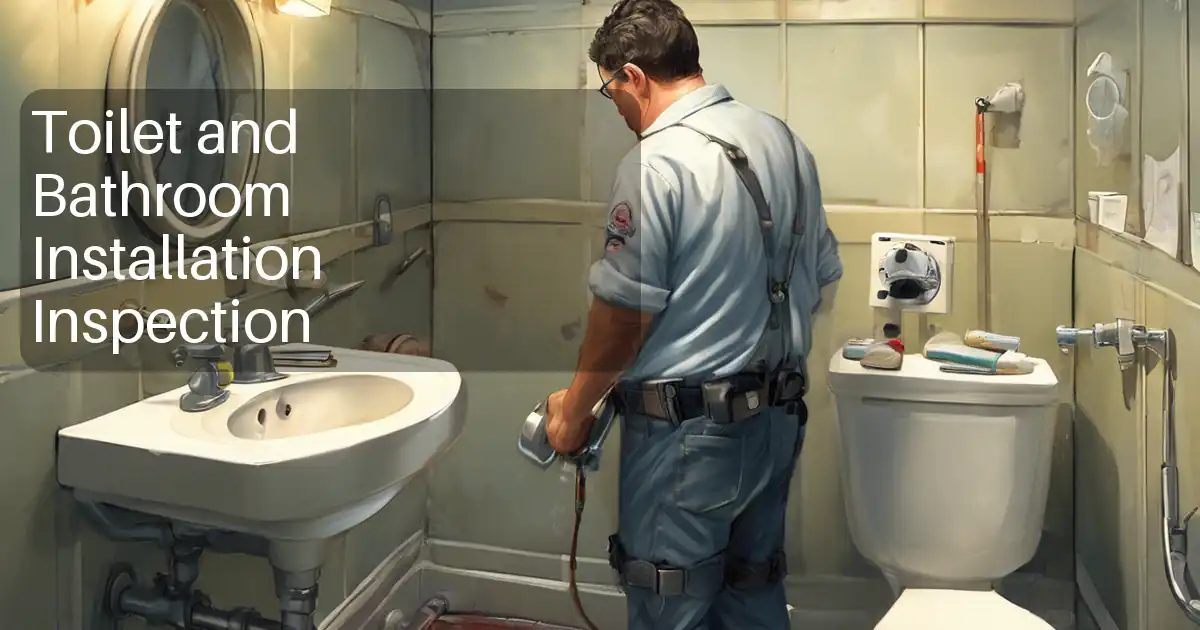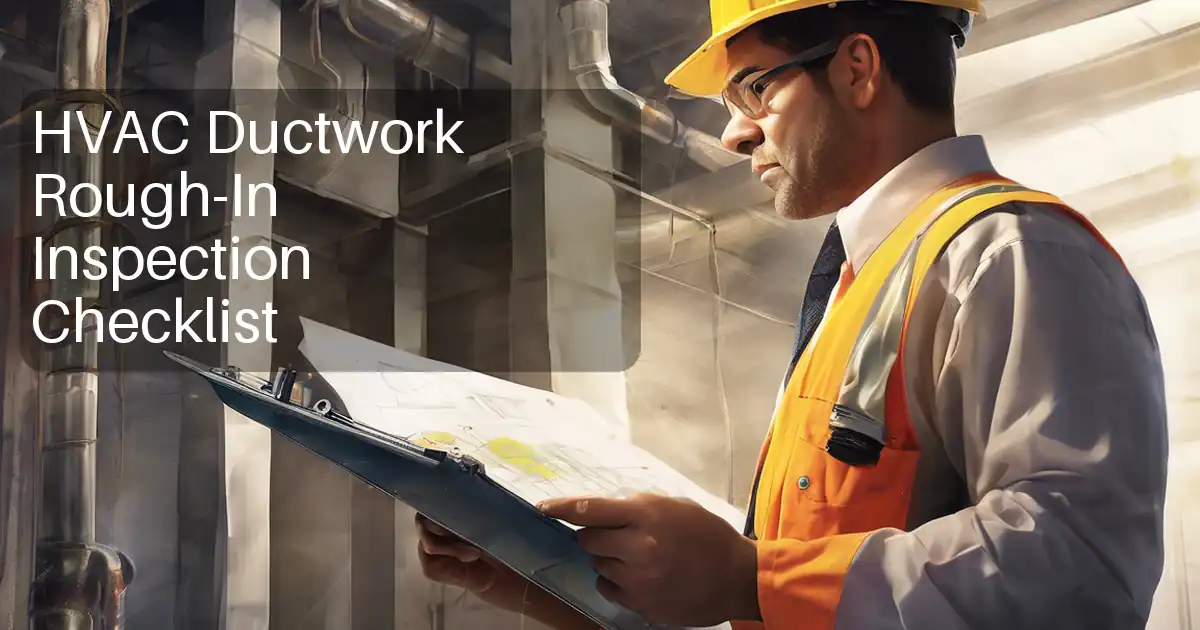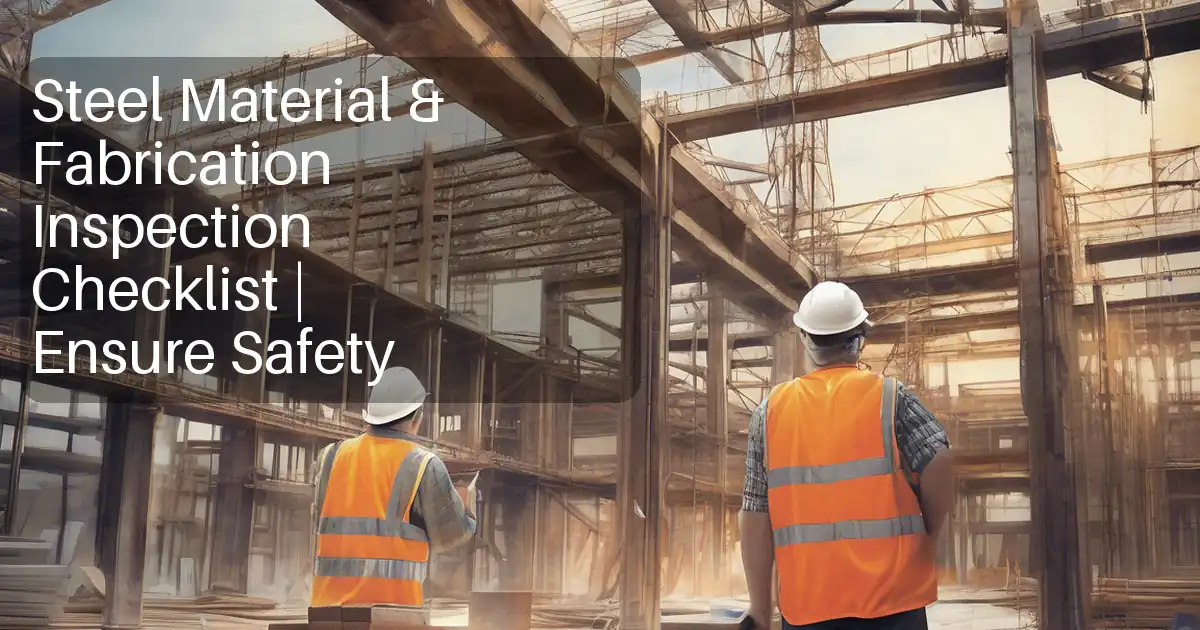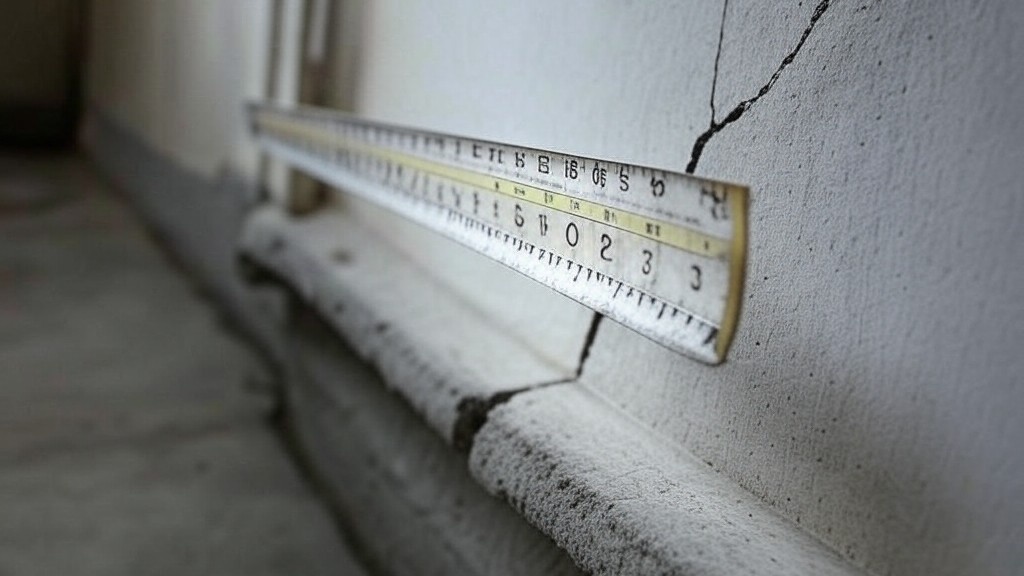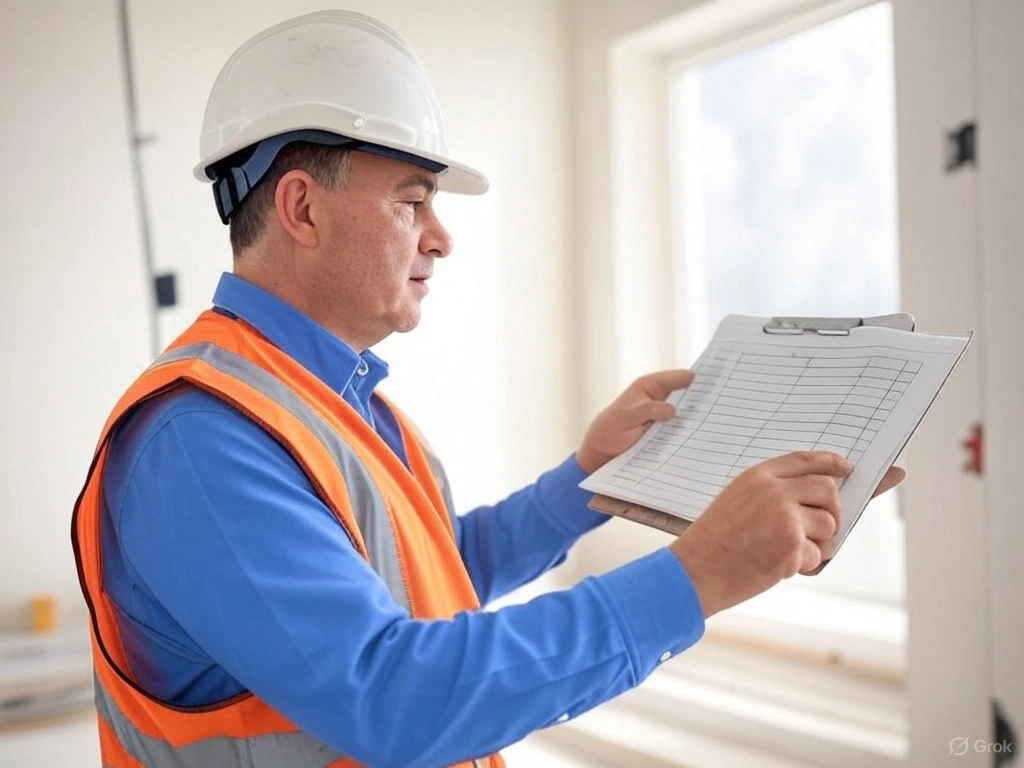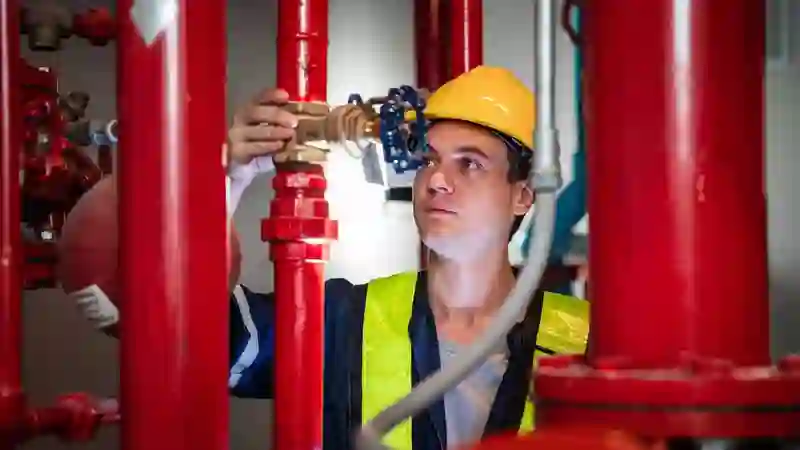
Common Plumbing Defects in Construction Projects and How to Address Them
Overview of Plumbing Defects
During home construction or renovation projects, the plumbing system often encounters several issues that can lead to significant defects. The quality of materials and workmanship plays a critical role in the prevalence of these problems. Efficient collaboration among construction teams, inspectors, and subcontractors is essential for minimizing these defects.
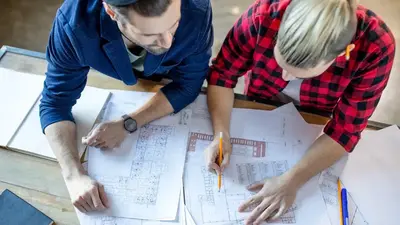
Common Plumbing Problems and Their Impacts
- Dripping faucets
- Leaky pipes
- Running toilets
- Low water pressure
- Leaking hose bibbs
- Slow or clogged drains
- Pump failures
- Leaking radiators
These issues not only cause inconvenience but can also lead to substantial damage and increased costs if not addressed promptly.
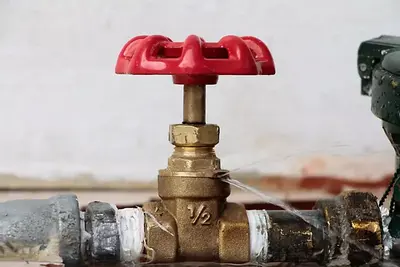
Detecting and Repairing Leaks
Hidden leaks pose a particular challenge as they are difficult to detect and can cause extensive damage over time. Early detection is crucial for cost-effective repairs.
Methods for Leak Detection:
- Pressure test hidden pipes and monitor for pressure drops.
- Use non-destructive methods to pinpoint the exact location of leaks, reserving destructive methods as a last resort.
Repair Strategies:
Once a leak is identified, repairing it is generally straightforward—remove the defective section and replace it with new piping, or apply localized repairs as needed.

Preventative Measures and Best Practices
Implementing preventative measures and best practices can significantly reduce the incidence of plumbing defects. Regular inspections, using quality materials, and skilled workmanship are key.
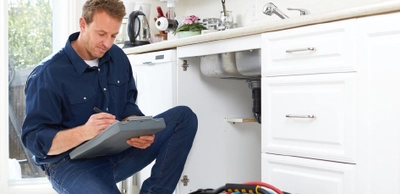
For more detailed guidance on specific plumbing issues and preventive strategies, consider consulting specialized articles or professional plumbing services.

